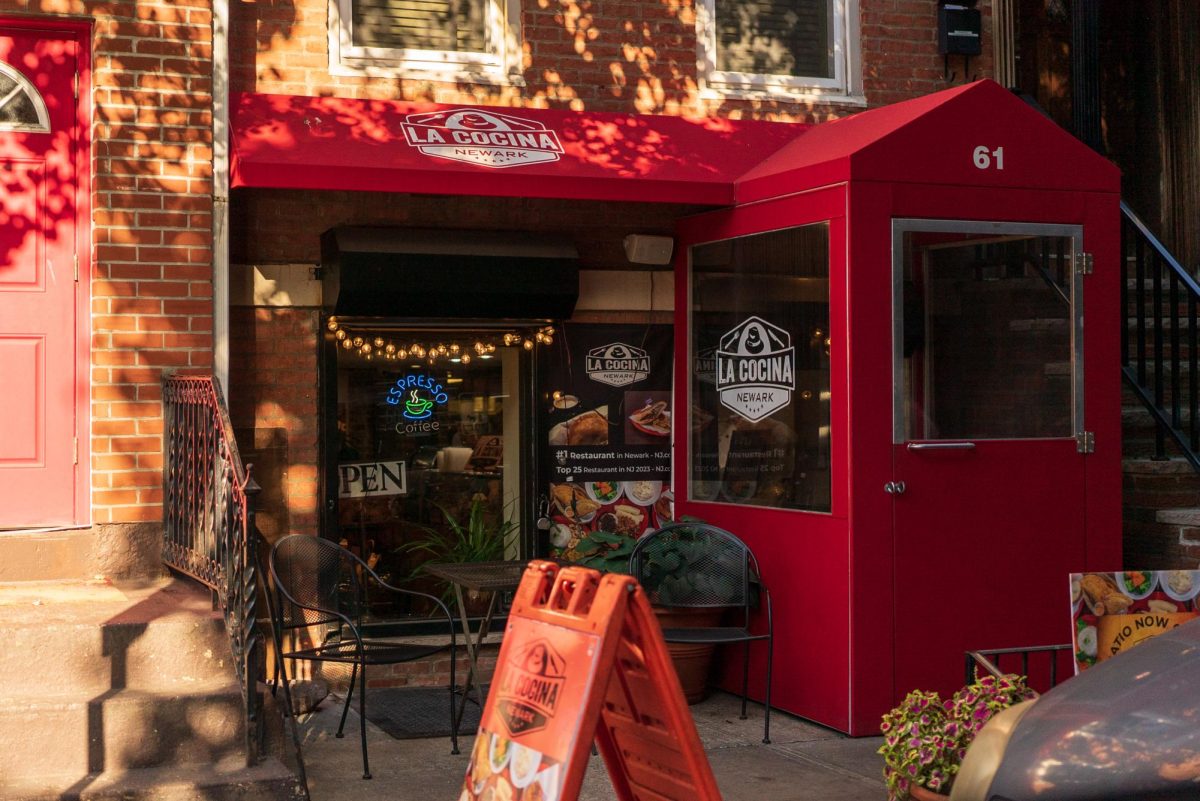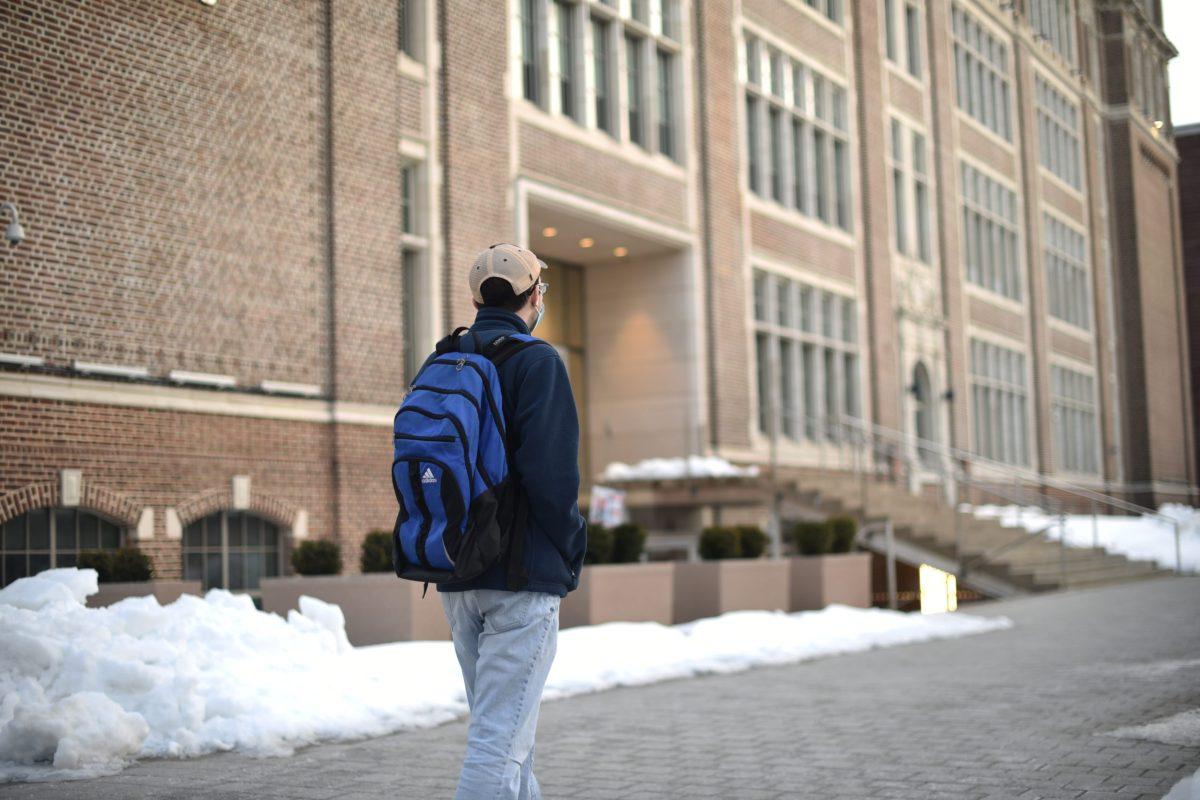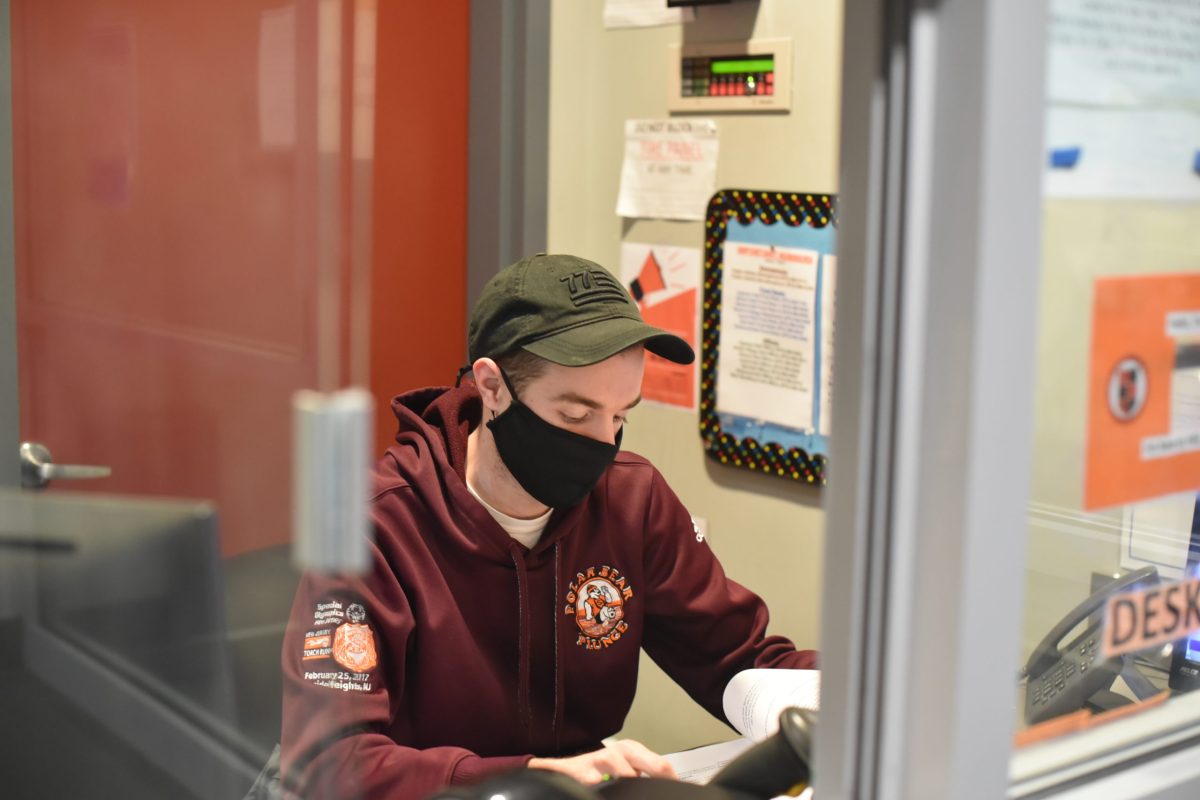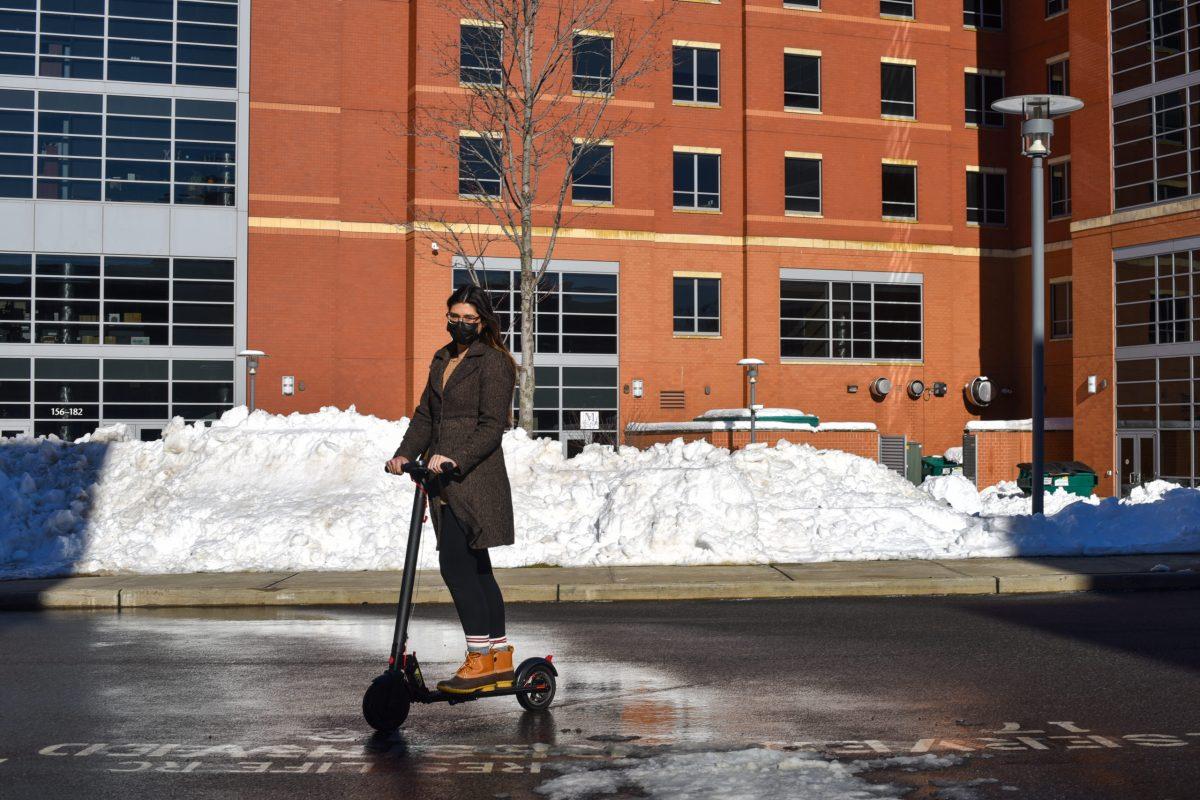From Andrew Christ’s construction bulletins, to emails from that club we gave our email to in exchange for a free pop-socket, we get a lot of emails as NJIT students. In the midst of these easily ignorable emails, sometimes we miss one that is worth reading. That kind of email came a few weeks ago from Provost Fadi Deek about NJIT’s 2025 Strategic Plan – “Building on a Strong Foundation.”
The university’s strategic plan is a list of priorities that will be addressed in a five year period. We’re currently finishing up the 2020 Vision, the strategic plan that brought about a significant increase in our graduation rate, our Carnegie R1 classification (which identifies NJIT as a high-level research institute) and the construction of the Wellness and Events Center. The success of the 2020 Vision means that future plans have a high standard to meet, and from a thorough read of the 2025 plan, I’m not so sure that standard will be met.
Without even reading into the body of the plan, the change in priorities is striking. For the 2020 Vision, our five priorities, in order, were Students, Learning, Scholarly Research, Community and Investments. NJIT 2025, on the other hand, puts Prominence as our first priority, followed by Research, Students, Faculty and finally Resources. The 2020 Vision centers around the students, whereas the NJIT 2025 plan feels more focused on what others think of us as a university. There’s no issue with seeking recognition, but when award winning chess teams are discussed more than mental health—chess was mentioned three times while mental health was not mentioned at all—there is a glaring lack of understanding of what students need.
There’s also a misalignment between some of the plan’s action items and it’s key performance indicators. The plan outlines the importance of holistic and proactive advising, but fails to have any measures of success outside of improved retention and graduation rates. If we want to improve advising in a truly holistic way, we need to have more non-faculty advisers, and additional resources for student health. The plan has metrics related to hiring more faculty, but none relating to hiring more non-instructional staff. If the university really wants to improve advising and student services, they should back up that claim by committing to hiring professional advisers, and giving C-CAPS more than six full-time staff.
On the topic of faculty and staff, there is a sharp change in their training curriculum in the new plan. No longer will they be trained in a “service-focused” and “student-centered” message as they were in the 2020 plan, but instead will receive lessons to “develop a stronger faculty presence in traditional media and social networks.” This wouldn’t be so bad if the intention was to connect more closely with students, but the goal of getting our professors on Facebook and Instagram is to “highlight the university and position faculty as professional and academic leaders.” Now instead of student service, faculty and staff will learn how to seek recognition for themselves and for the university.
The authors of the new strategic plan seem to forget that a student’s experience here is not only defined by their time in the classroom. The 2020 plan had action items for supporting campus activities, including the construction of an events center and university sponsored intramurals. For 2025, we are promised “science and engineering displays” that will “inspire students and campus visitors with the beauty of STEM.”
Don’t let me give you the impression that the plan is all bad. The university added Sustainability as the seventh core value, joining pillars such as Excellence, Diversity and Integrity. Another plus is that there are Key Performance Indicators centered around diversity at all levels of the university, funding for academic facility improvements and keeping tuition increases to a minimum. A commitment to expanding the use of Open Educational Resources is also a breath of fresh air.
There’s no doubt that NJIT has reached a new level of prominence in recent years thanks to the 2020 Vision, but that prominence did not come from seeking out recognition, it came from improving the student experience and therefore improving student outcomes. And don’t let the rankings fool you, there’s still more work to be done. Looking at the trends from the annual Student Satisfaction Survey, there has only been marginal improvement in areas such as “Feeling of community on campus” and “Quality of campus life,” and even decreases in “Quality of your own academic program” and “Overall quality of instruction.” Before we can venture outwards into the opinions of others, shouldn’t we first get our own house in order?
Thankfully the recently released plan was a draft, and there is still time for students’ voices to be heard. I urge you to take some time to read the plan for yourself, make your own judgements, and email Perry Deess at [email protected] with your feedback by October 19. Let’s make sure that we can be proud of whatever is built on our strong foundation.
To see the draft of the plan, scan the QR code below:



































